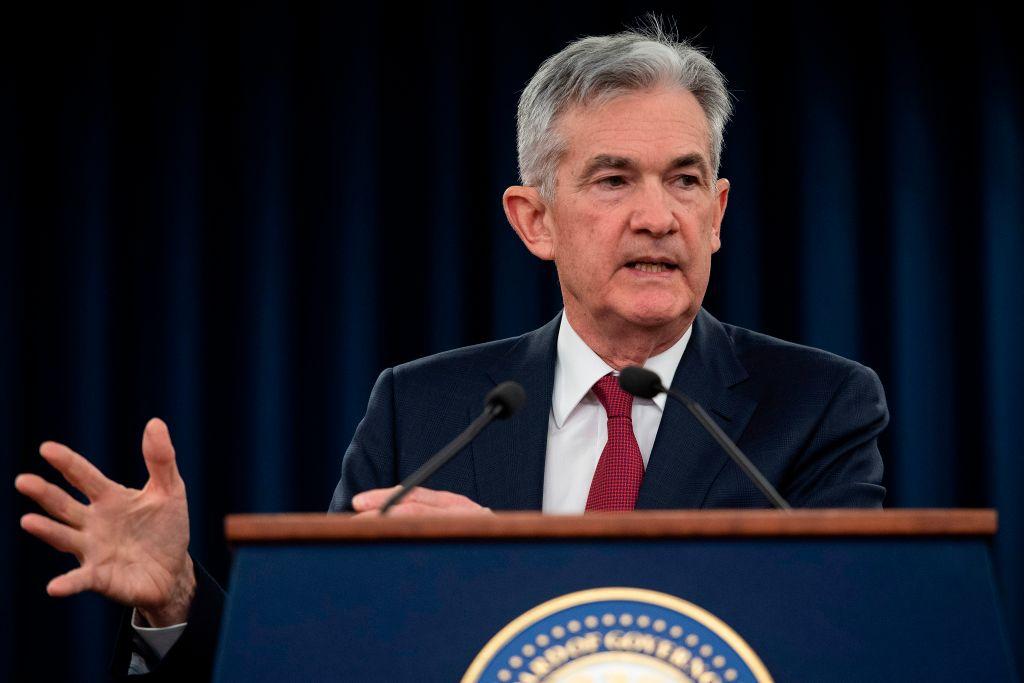For decades, the Federal Reserve has run not on a gold standard but on a Ph.D. standard. Academics such as Ben Bernanke and Alan Greenspan thought they could manage the most complex and most important price of the market economy—the interest rate—with a few mathematical equations.
The 64-year-old Jerome Powell could prove to be different, because he has had more practical experience in business and government than Greenspan, Bernanke, and Janet Yellen, who, apart from their time with the Fed, have been academics. Powell is a trained lawyer who made a career in investment banking, private equity, and public service, and has been serving as a Fed governor since 2012.





